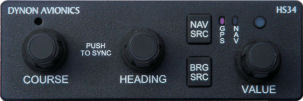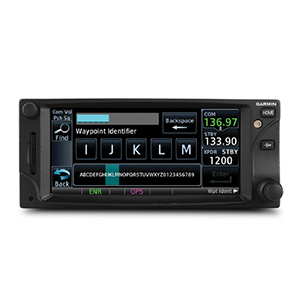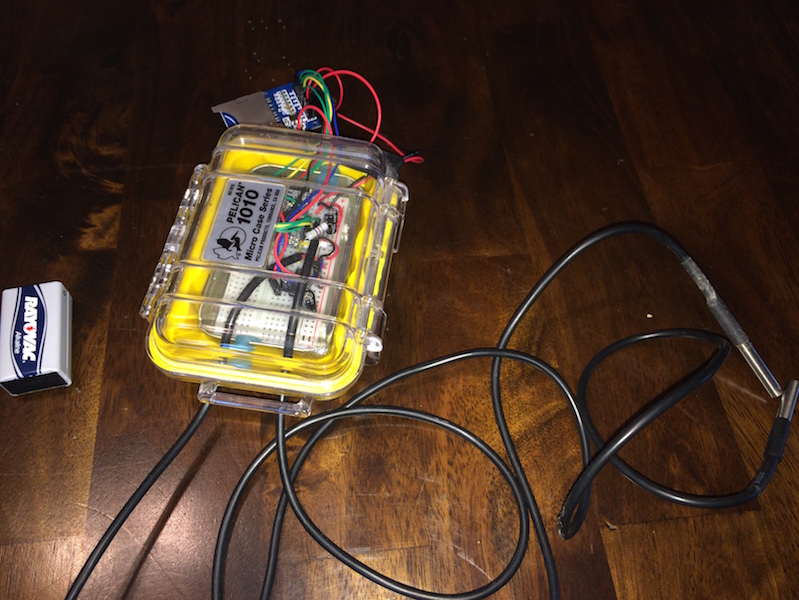Clark1961
Touchdown! Greaser!
- Joined
- Jun 7, 2008
- Messages
- 17,737
- Display Name
Display name:
Display name:
Umm... What???
Since nobody has repealed Bernoulli's principle, under steady-state or near-steady-state conditions flow in = flow out.
Under the same principle, the restricted section causes an increased velocity => decreased pressure. This decreased pressure is in turn what enables pseudo-vacuum gyro operation.
There will be slightly greater outflow than inflow at the venturi inlet because of the flow through the instruments.
Tom isn't aware that us "brainyacs" can actually consider the entire system and therefore are only worthy of his scorn. Sad state I must say - I've only been analysing systems for twenty years or so...
Last edited:


 ). The difference being that my misquotes were clearly tongue in cheek and were prefaced accordingly. What you failed to do Clark is mimic him with an absurd statement like:
). The difference being that my misquotes were clearly tongue in cheek and were prefaced accordingly. What you failed to do Clark is mimic him with an absurd statement like:





